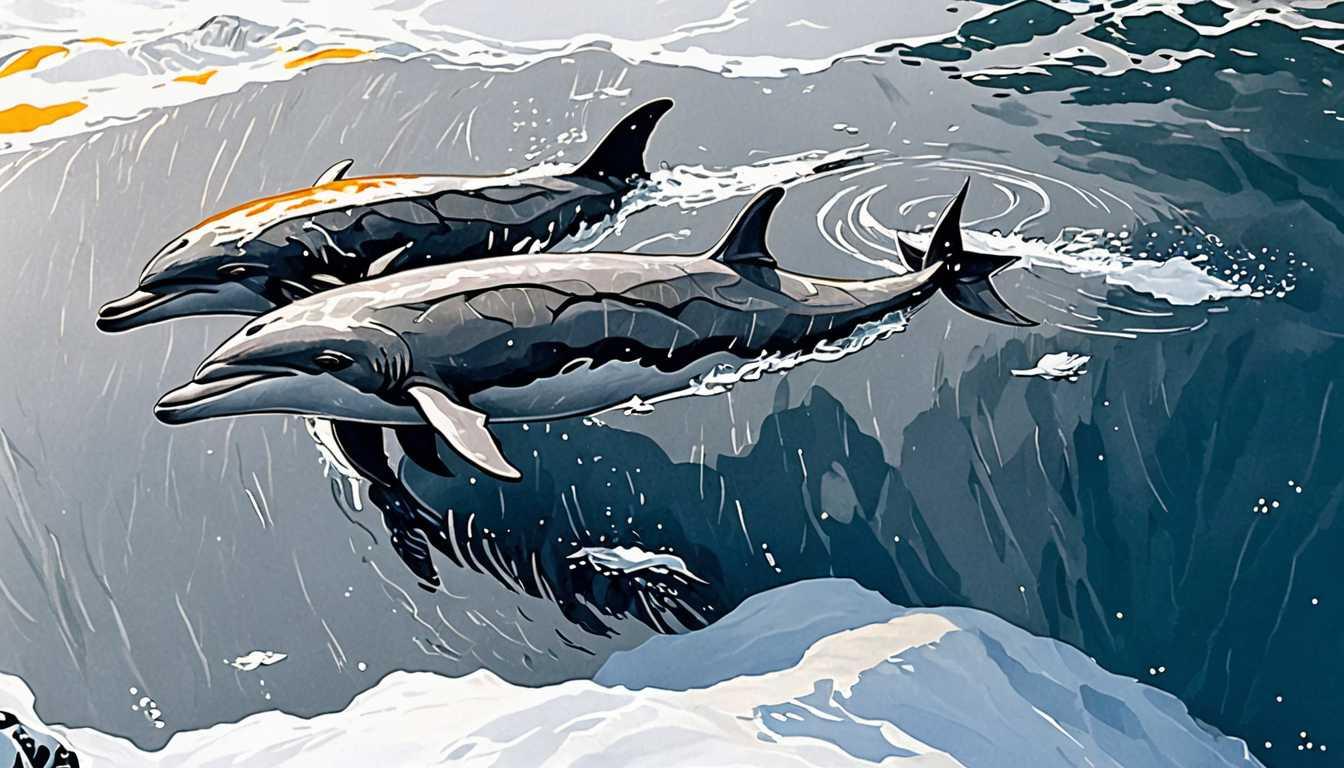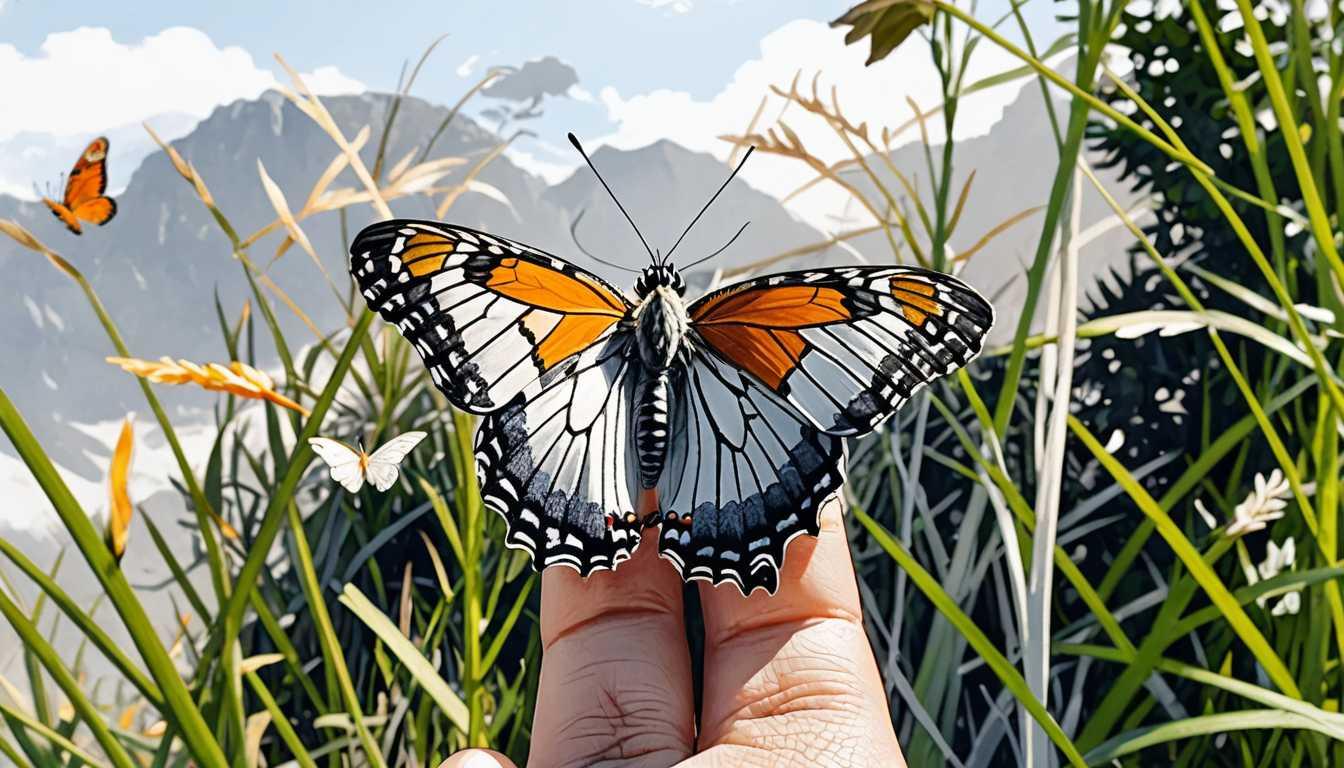Beetles' Stealth: Matte Wins Gloss
June 2023
University of Bristol
Introduction
Dive into the shiny world of beetles with the University of Bristol's latest discovery! Scientists have cracked the code on beetle camo, revealing that matte beats gloss when it comes to staying hidden. Surprisingly, it's all about the iridescent colors dancing and changing, not the shine. So next time you're playing hide and seek, remember: it's not about the gloss; it's the color that counts. Get the full, vibrant story and see what else these beetles are teaching us about staying out of sight!
READ FULL ARTICLEWhy It Matters
Discover how this topic shapes your world and future
The Art of Hiding in Plain Sight
Imagine walking through a forest, your eyes scanning the trees and the ground, yet missing the creatures hidden right before your eyes. This isn't just a casual game of hide and seek; it's a matter of survival in the animal kingdom. The latest study highlights a fascinating twist in the tale of camouflage: beetles with matte surfaces are better at staying hidden than their glossy counterparts, even when sporting iridescent colors that change with the viewing angle. This insight isn't just about beetles; it's a window into understanding how animals use color and texture to blend into their environments, tricking predators and prey alike. For you, this might seem a world away, but it's a reminder of how nature's strategies can inspire innovations in our own lives, from fashion to technology. Delving into this topic could spark ideas for new inventions or simply deepen your appreciation for the intricate dance of adaptation and survival in the natural world.
Speak like a Scholar
Iridescence
A phenomenon where the color of an object changes based on the angle from which it is viewed, due to the physical structure of the surface.
Camouflage
The method by which an organism blends into its environment to hide from predators or to ambush prey.
Predation
The act of one organism hunting and consuming another organism for food.
Structural coloration
Colors produced by microscopically structured surfaces fine enough to interfere with visible light, sometimes producing iridescence.
Glossiness
A surface's shiny or reflective quality.
Matte
A surface finish that is non-reflective or dull, without any shine.
Independent Research Ideas
Exploring the role of color in animal camouflage
Investigate how different animals use color to blend into their environments, focusing on species that change color according to season or life stage.
The science of seeing
Dive into how predators perceive color and texture, and how this influences the evolution of prey camouflage strategies.
Material magic
Research how the principles of iridescence and matte vs. glossy surfaces are applied in designing effective camouflage gear for humans.
Lighting up life
Examine how different lighting conditions affect the visibility of iridescent and glossy objects, potentially leading to new understandings in both biology and photography.
Nature's palette
Study the process of structural coloration and how it differs from pigment-based colors, including potential applications in sustainable dyes and paints.
Related Articles

Why Whales Became Ocean Giants
March 2023
Stanford University

Wings of Change: Butterflies vs. Climate
July 2023
University of Cambridge

Feathers: Nature's Water Bottles
June 2023
MIT Technology Review

Mud, Clay, and Animal Mysteries Unveiled
June 2023
University of Oxford

Man-Made Snow Saves Seals
April 2024
MIT Technology Review